Overview:
The article focuses on the significance of case studies in demonstrating the effectiveness of 3D renderings in architectural projects, highlighting their role in enhancing client communication, marketing strategies, and project outcomes. It supports this by providing various examples of successful architectural projects that utilized 3D visualizations to improve stakeholder engagement, facilitate decision-making, and ultimately drive financial success, thereby underscoring the transformative impact of advanced rendering techniques in the field.
Introduction
In the ever-evolving landscape of architectural visualization, the integration of case studies has emerged as a cornerstone for enhancing project outcomes. These studies not only serve to illustrate the transformative power of 3D renderings but also highlight their multifaceted roles in:
- Clarifying design intent
- Facilitating client communication
- Bolstering marketing strategies
Through a series of compelling examples, this article delves into notable projects that showcase the effectiveness of advanced visualization techniques across various sectors, from luxury residential developments to sustainable office buildings.
As the architectural industry continues to embrace cutting-edge technologies, understanding the best practices for creating impactful renderings becomes essential for professionals aiming to elevate their projects and engage stakeholders meaningfully. This exploration underscores the critical intersection of technology, creativity, and client interaction, paving the way for a future where architectural visualization not only informs but inspires.
The Importance of Case Studies in Architectural Visualization
Case studies are essential in architectural depiction, providing tangible examples that demonstrate how the top case studies of 3D renderings in architectural projects can significantly improve project results. They carry out several essential functions:
- Clarifying purpose
- Enhancing client communication
- Bolstering marketing strategies
For example, our recent case study from Cambridge, MA, demonstrates how effective pre-sales displays not only instill confidence but also generate essential revenue for construction through detailed illustrations.
This case study highlights the collaborative journey of interior visuals that merge design with pre-sale marketing strategies, enhancing both functionality and aesthetics—ultimately elevating client satisfaction and marketing effectiveness. Furthermore, the role of Townhome Renderings as a powerful marketing tool in real estate development cannot be overstated, as they facilitate better communication between homeowners and builders. Renderings serve as tangible assets that can ignite interest and investment, further underscoring their importance in the pre-sales phase.
Exterior renderings, in particular, excel at showcasing natural lighting, landscaping, and building materials, offering contextual representation that is crucial for informed decision-making. As highlighted in recent conversations about architectural case studies, the top case studies of 3D renderings in architectural projects show that the format—whether written or mixed media—greatly affects how information is conveyed and understood, reinforcing the significance of these studies in shaping results. Walter Gropius’s insight regarding the revolutionary influence of imaging techniques continues to resonate, underscoring their relevance in today’s architectural landscape.
Showcasing Success: Notable Case Studies in 3D Architectural Rendering
Luxury Residential Home in Beverly Hills: This endeavor exemplified the power of photorealistic 3D visuals, vividly capturing the opulence and distinctive architectural features of the residence. These visualizations not only secured client buy-in during the design phase but were pivotal in marketing the property to discerning buyers, demonstrating the effectiveness of the top Case studies of 3D renderings in architectural projects and how advanced visualization techniques can elevate luxury home sales. In 2022, North America had the largest market share in architectural visualization, highlighting the importance of such initiatives in this area.
Commercial Development in Downtown Chicago: By utilizing 3D visualizations, stakeholders gained crucial insights into how the new structure would integrate with the existing urban landscape. The ability to visualize various design options facilitated productive discussions among architects, city planners, and investors, showcasing the essential role highlighted by top Case studies of 3D renderings in architectural projects in commercial projects. This corresponds with the results from the top case studies of 3D renderings in architectural projects, including the case study titled ‘Application Analysis of 3D Rendering Solutions,’ which emphasizes the AEC sector’s need for effective representation and simulation.
Mixed-Use Development in San Francisco: This initiative utilized dynamic 3D representations to effectively portray the intricate relationships between residential, retail, and public spaces. The top Case studies of 3D renderings in architectural projects played a vital role in community meetings, allowing for meaningful feedback and ensuring that the design aligned with local expectations and needs.
Sustainable Office Building in New York: Highlighting the building’s environmental features, this case study utilized detailed visuals to illustrate energy-efficient systems and green spaces. The visualizations were crucial in attracting eco-conscious tenants, illustrating the top Case studies of 3D renderings in architectural projects to show how sustainability can be conveyed through advanced techniques.
Cultural Center in Toronto: The design’s illustrations highlighted its cultural importance and architectural creativity. These visuals were crucial in fundraising efforts, effectively showcasing the center’s potential impact on the community and its role in enhancing local culture, much like the top case studies of 3D renderings in architectural projects.
Luxury Hotel in Dubai: High-fidelity visuals showcased the opulent interiors and amenities of the hotel, playing a key role in the marketing strategy aimed at international investors. This case emphasizes the essential role of top Case studies of 3D renderings in architectural projects in advancing luxury hospitality initiatives.
Educational Campus Expansion in Boston: The 3D visuals illustrated the vision for the campus’s growth and modernization, proving invaluable in presentations to the university board. These representations helped in simplifying the approval process, demonstrating how effective communication through depictions can improve educational infrastructure projects, as seen in the top Case studies of 3D renderings in architectural projects.
Health Care Facility in Seattle: Emphasizing patient-centered features, the illustrations assisted stakeholders in envisioning the facility’s influence on patient care and operational effectiveness. This case highlights the significance of architectural representation in the healthcare field, as seen in the top Case studies of 3D renderings in architectural projects, where layout directly impacts user experience.
Urban Revitalization Initiative in Philadelphia: The initiative illustrated how 3D renderings could visualize the transformation of a neglected area into a vibrant community hub. This representation played an important role in attracting funding and garnering community support, showcasing the potential of top Case studies of 3D renderings in architectural projects to effect positive change.
Iconic Skyscraper in London: Utilizing advanced imaging methods, this project presented its proposed design’s impact on the skyline. The illustrations were essential in generating public interest and support, highlighting the necessity of effective communication in high-profile architectural endeavors, which can be seen in the top case studies of 3D renderings in architectural projects. As highlighted by Apple, advancements in MacOS, especially with the launch of macOS Sonoma, improve the functionalities of graphic software, further incorporating machine learning and AR into architectural representation.
Financial Benefits of Pre-Sales Visualizations
Pre-sales visualizations not only serve to captivate potential clients but also generate significant revenue for construction projects. By showcasing a clear vision of the final outcome, these visuals can result in faster sales and increased investment, ultimately influencing the initiative’s financial success.
Collaborative Rendering Process Stages
- Initial Communication and FAQs: Engage with clients to address basic inquiries and collect details.
- First Contact & Project Brief: Understand project objectives and specific visualization needs.
- Understanding Your Vision: Conduct initial meetings to align on design objectives.
- Proposal: Tailor a presentation proposal post-discussion, securing agreement with a deposit.
- Detail Modeling: Create a comprehensive 3D model that acts as the basis for the visualization.
- Material & Lighting Selection: Create materials and lighting that reflect design intent.
- Refine & Perfect: Provide progress visuals for feedback, ensuring alignment with client expectations.
- Final Delivery: Present the completed visuals, ensuring they exceed client satisfaction.
Technological Advances Enhancing 3D Renderings
Recent advancements in technology have profoundly transformed the field of top case studies of 3D renderings in architectural projects. Innovative instruments, particularly real-time graphics engines and virtual reality (VR), have transformed how architects communicate their concepts, as demonstrated in top case studies of 3D renderings in architectural projects, improving project development through intricate 3D representations. Real-time visualization enables prompt feedback and modifications, allowing for swift representation of concepts and more polished outcomes, which ultimately results in enhanced decision-making and greater client satisfaction.
Furthermore, VR technology offers immersive experiences, allowing clients to virtually ‘walk through’ a space before its construction, which exemplifies the top case studies of 3D renderings in architectural projects, promoting a deeper comprehension of the layout while improving communication among stakeholders. Furthermore, initial visuals are cost-effective, making them ideal for early-stage exploration and ensuring that stakeholders can make informed decisions without incurring significant expenses. These innovations not only elevate the quality of visualizations but also include top case studies of 3D renderings in architectural projects, streamlining the design workflow and supporting an iterative design process where multiple revisions can be made based on feedback and new ideas.
Architects can deliver compelling presentations that effectively engage clients and stakeholders. Our capabilities extend to creating high-quality images for both interior and exterior projects, ensuring comprehensive representation of architectural visions. A relevant example of investment in technology is seen in Protolab’s research and development expenditures, demonstrating a robust strategy that supports growth and innovation in the field.
As pointed out by Preeti Wadhwani, ‘3D visualization is experiencing a surge due to its expanding role in product marketing.’ This trend is additionally evident in the anticipated expansion of the graphical and 3D modeling software market, predicted to attain a compound annual growth rate (CAGR) of 17.5% from 2020 to 2030. Such statistics highlight the critical importance of embracing these technological advancements in architectural practice, which not only enhance property value but also improve the buyer experience through immersive exploration and customization options.
Best Practices for Creating Effective 3D Renderings
Understand the Design Intent: A comprehensive grasp of the project’s design intent is essential before initiating any visualization. This understanding not only clarifies the visual goals but also ensures that the visualization effectively communicates the intended message, aligning with the overall architectural vision and fostering a deeper emotional connection with clients.
Utilize High-Quality Textures: The incorporation of high-resolution textures is paramount for achieving realism in architectural renderings. Take the time to accurately select materials that reflect the project’s final design, enhancing the visual quality and authenticity of the representation, which is critical for client satisfaction.
Incorporate Natural Lighting: The role of lighting in architectural visualization cannot be overstated. Leveraging natural light sources enriches the atmosphere and emotional resonance of a space, contributing to a more inviting and realistic portrayal, thus enhancing client engagement and understanding of the design.
Pay Attention to Composition: Effective composition is fundamental in creating. Utilizing principles such as balance, contrast, and focal points will not only enhance visual appeal but also guide the viewer’s eye, ensuring the images effectively communicate the essence of the layout and strengthen community connections for future homeowners.
Determine the Appropriate Level of Detail: Consider the level of detail required for your architectural renderings. This decision affects how effectively the concept can be communicated to clients and stakeholders. Striking the right balance between detail and simplicity is crucial for aligning with client expectations and ensuring clarity in the visual representation.
Iterate and Seek Feedback: Embrace an iterative design process by actively seeking feedback from peers and clients. This collaborative method fosters creativity and innovation, leading to improved outcomes and heightened client satisfaction. Encouraging client input at every stage aligns the final outputs with their vision and expectations.
Stay Updated with Software: In a rapidly evolving field, it is critical to keep your rendering software up to date. Acquaint yourself with the latest features and advancements that can enhance your capabilities, ensuring you are equipped with the best tools for high-quality representations. Current trends indicate that 50% of industry professionals are shifting towards real-time visualization and AI tools, underscoring the necessity of staying current with technological developments.
Top Case studies of 3D renderings in architectural projects: A recent case study titled ‘How 3D Visualization Helps With Home Safety’ showcases the essential role that 3D visualization plays in creating safe home environments. By visualizing potential hazards and safety features, this proactive approach contributes to better safety planning in residential architecture, ultimately leading to cost savings through early issue resolution. Additionally, integrating insights from the user manual emphasizes how precision and detail in exterior representations can tell a compelling story, enhancing the overall design narrative.
Expert Insights: According to a recent case study, the ‘Future of Architectural Representation,’ the industry is increasingly shifting towards real-time rendering and AI tools, with 50% of respondents expecting more intuitive tools and 37% planning to invest more in AI, as seen in the top case studies of 3D renderings in architectural projects. This emphasizes the necessity of embracing these advancements to improve performance effectiveness and ensure accuracy through meticulous detail.
The Future of 3D Rendering in Architecture
The trajectory of 3D visualization in architecture is set for remarkable advancements, significantly driven by the evolution of artificial intelligence (AI) and the demand for high-quality images, which are illustrated in the top Case studies of 3D renderings in architectural projects. Top-notch visuals serve as a window into the future of your endeavor, highlighting the top Case studies of 3D renderings in architectural projects, enabling all participants to perceive the possibilities and grasp the concept behind the designs. As AI technology advances, we anticipate the emergence of more sophisticated design tools that not only automate repetitive tasks but also enhance creative processes for architects, allowing for more customization and revisions tailored to unique project needs.
This investment in quality is essential, as the top Case studies of 3D renderings in architectural projects demonstrate how remarkable 3D representations function as important communication tools, allowing stakeholders to envision the possibilities of concepts and make informed choices. Moreover, the integration of augmented reality (AR) alongside the top Case studies of 3D renderings in architectural projects represents a pivotal shift, empowering clients to visualize designs in their actual environments, thus bridging the gap between digital concepts and the physical world. Notably, the Asia Pacific region is projected to grow at an impressive rate of 18.1% in the 3D rendering market, driven by significant industrial growth and increased demand in architecture, manufacturing, and gaming.
This growth is largely attributed to investments in technology and a skilled workforce in countries like China, South Korea, and Japan. Furthermore, with sustainability increasingly at the forefront of architectural priorities, we can expect a rise in tools specifically designed to assess and visualize energy efficiency and environmental impacts. These developments emphasize a dynamic future for architectural representation, highlighted by top Case studies of 3D renderings in architectural projects, where innovative technology continuously empowers creativity and enhances client interactions.
As emphasized in the blog on Revolutionizing CG Humans, lifelike CG humans are revolutionizing architectural visualizations by bridging the uncanny valley, showcasing the essential role of these technologies in modern architectural practices. Architects are increasingly utilizing social media platforms such as LinkedIn and Twitter to share insights and advancements in these technologies, fostering a collaborative environment that drives innovation.
Conclusion
The integration of case studies into architectural visualization is paramount for demonstrating the multifaceted benefits of advanced rendering techniques. By clarifying design intent, enhancing client communication, and strengthening marketing strategies, these studies serve as essential tools for architects. Notable projects, from luxury homes to sustainable buildings, illustrate how effective visualizations can drive stakeholder engagement and elevate project outcomes.
Moreover, the technological advancements in 3D rendering, including real-time visualization and virtual reality, have transformed how architects present their designs. These innovations facilitate immediate feedback and immersive experiences, allowing clients to engage deeply with their projects. The emphasis on high-quality textures, natural lighting, and thoughtful composition further enhances the impact of renderings, ensuring they resonate with clients and stakeholders alike.
As the architectural landscape continues to evolve, embracing best practices in rendering and keeping pace with technological advancements will be crucial. The future of 3D rendering promises exciting developments, driven by artificial intelligence and augmented reality, paving the way for even more compelling visualizations. By harnessing these tools, architects can not only communicate their visions more effectively but also inspire confidence and enthusiasm among clients and investors. The journey of architectural visualization is not merely about aesthetics; it is a vital component of project success, fostering collaboration and innovation in an increasingly competitive field.
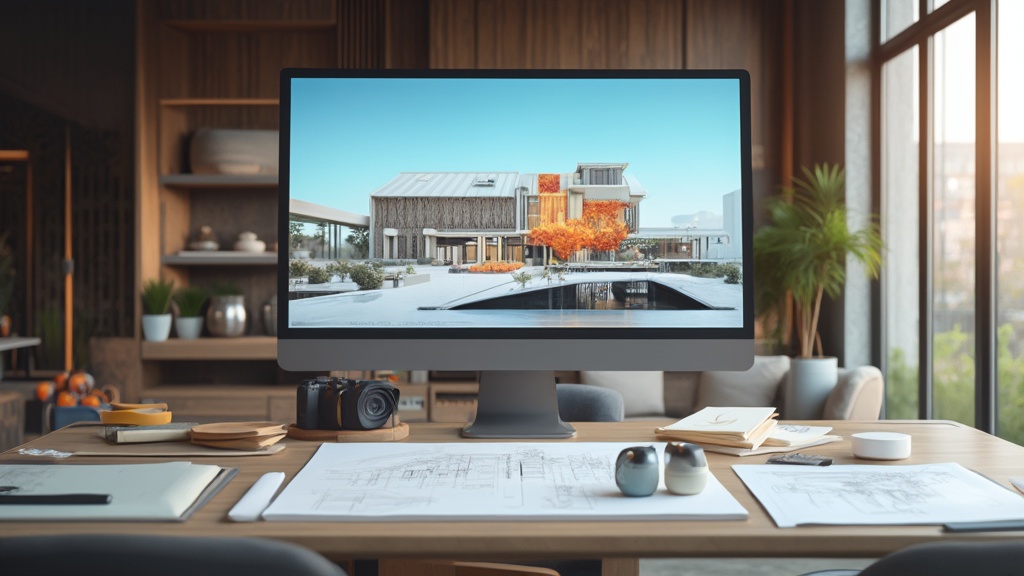
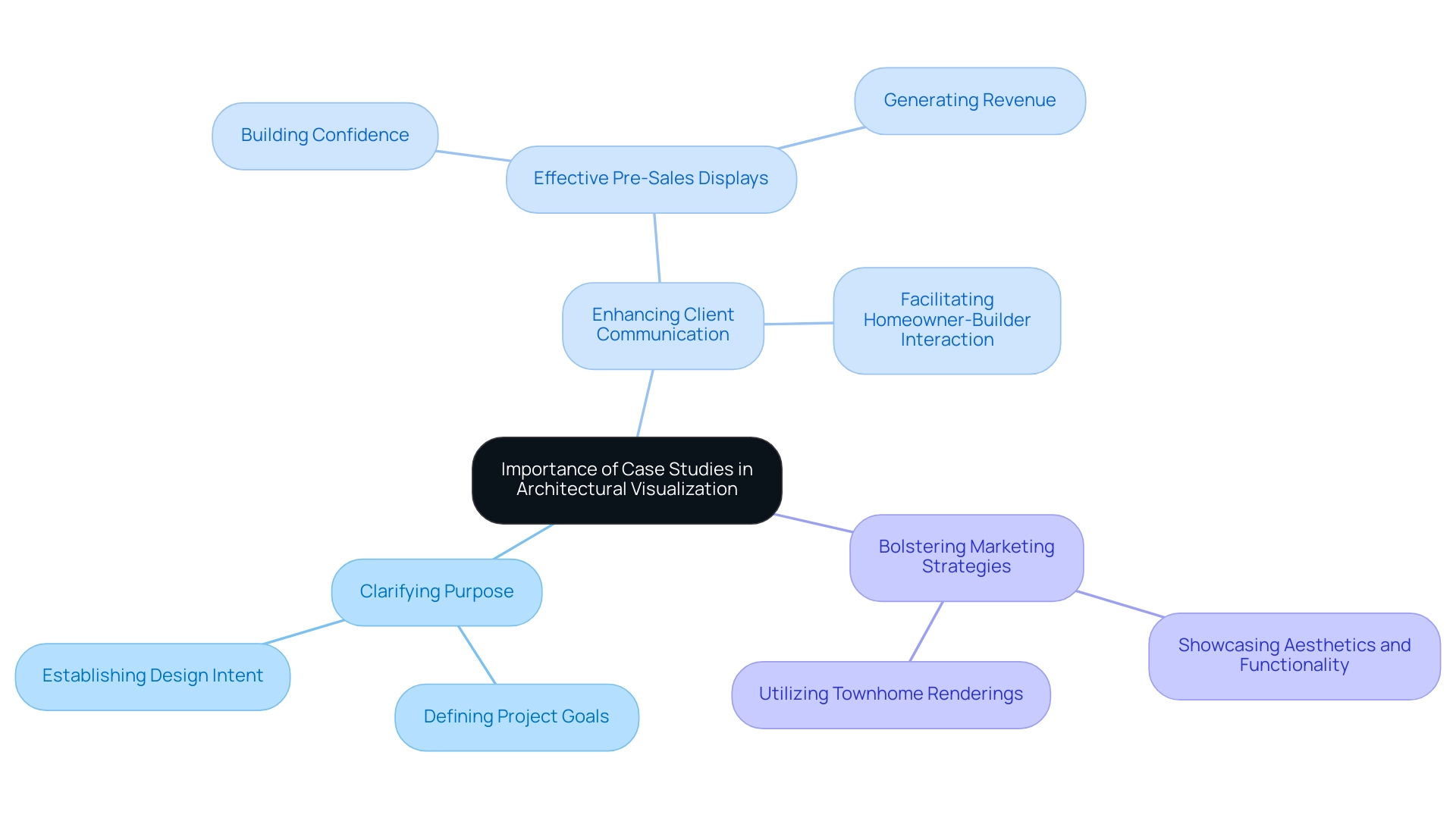
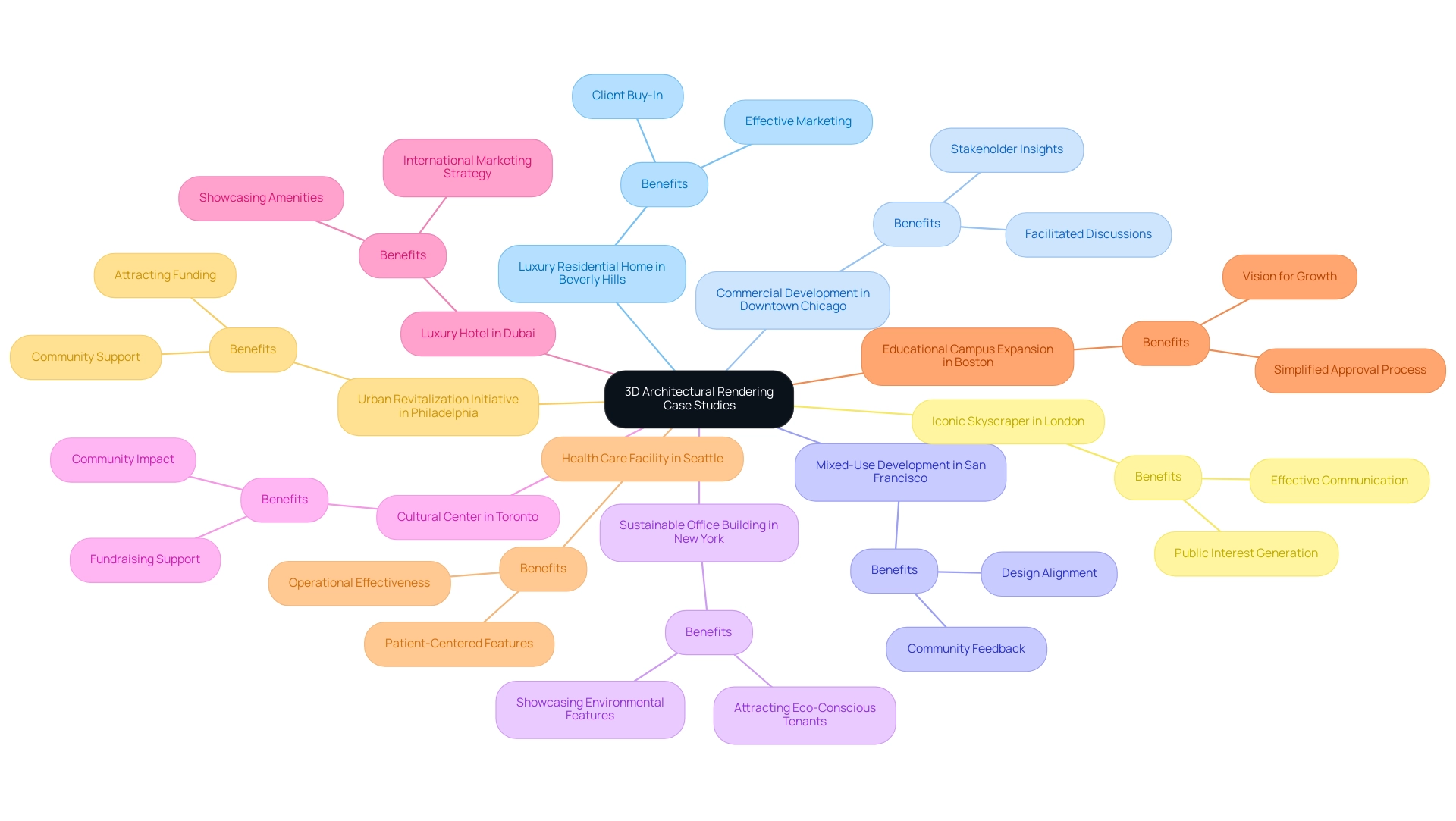
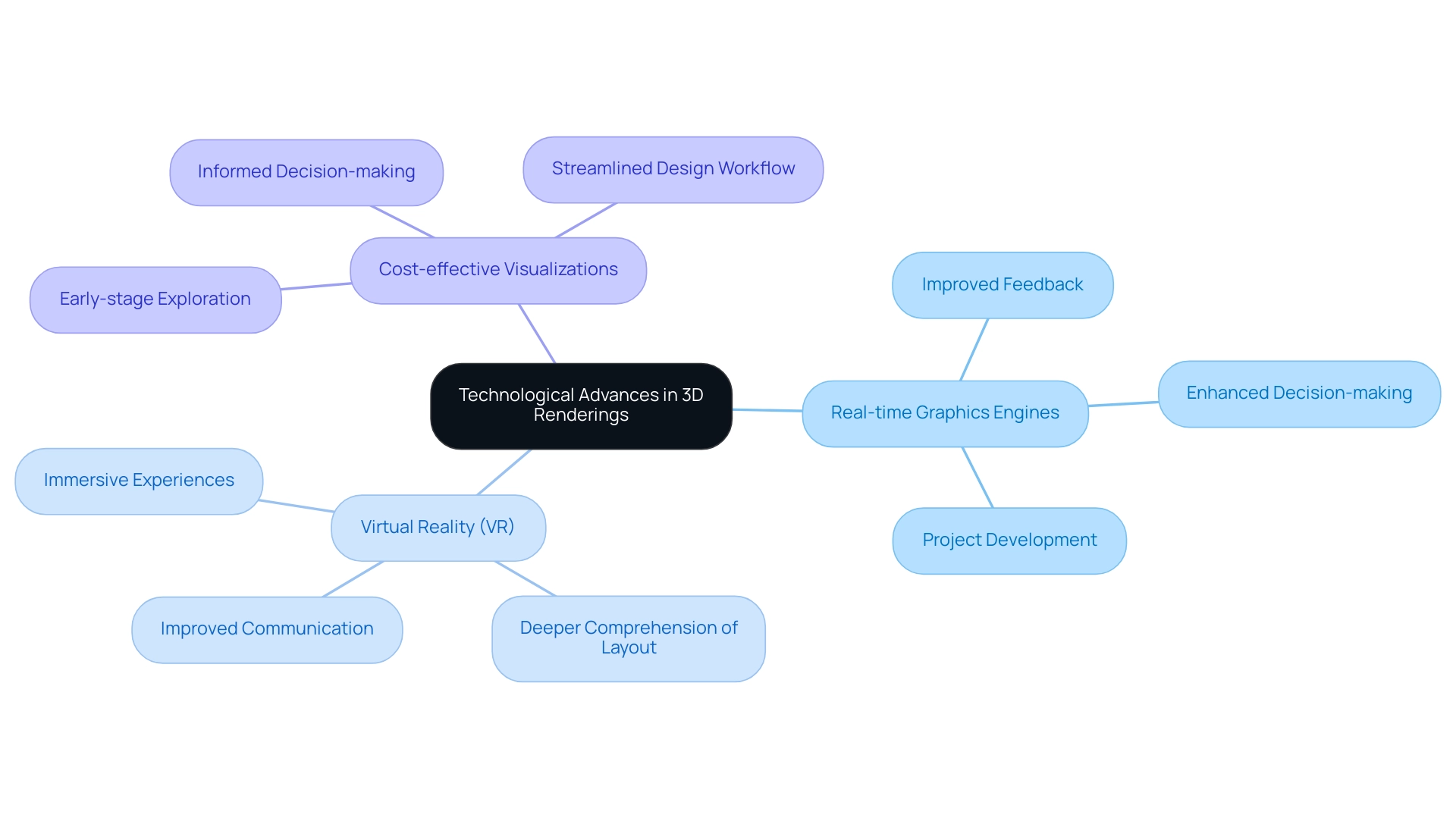
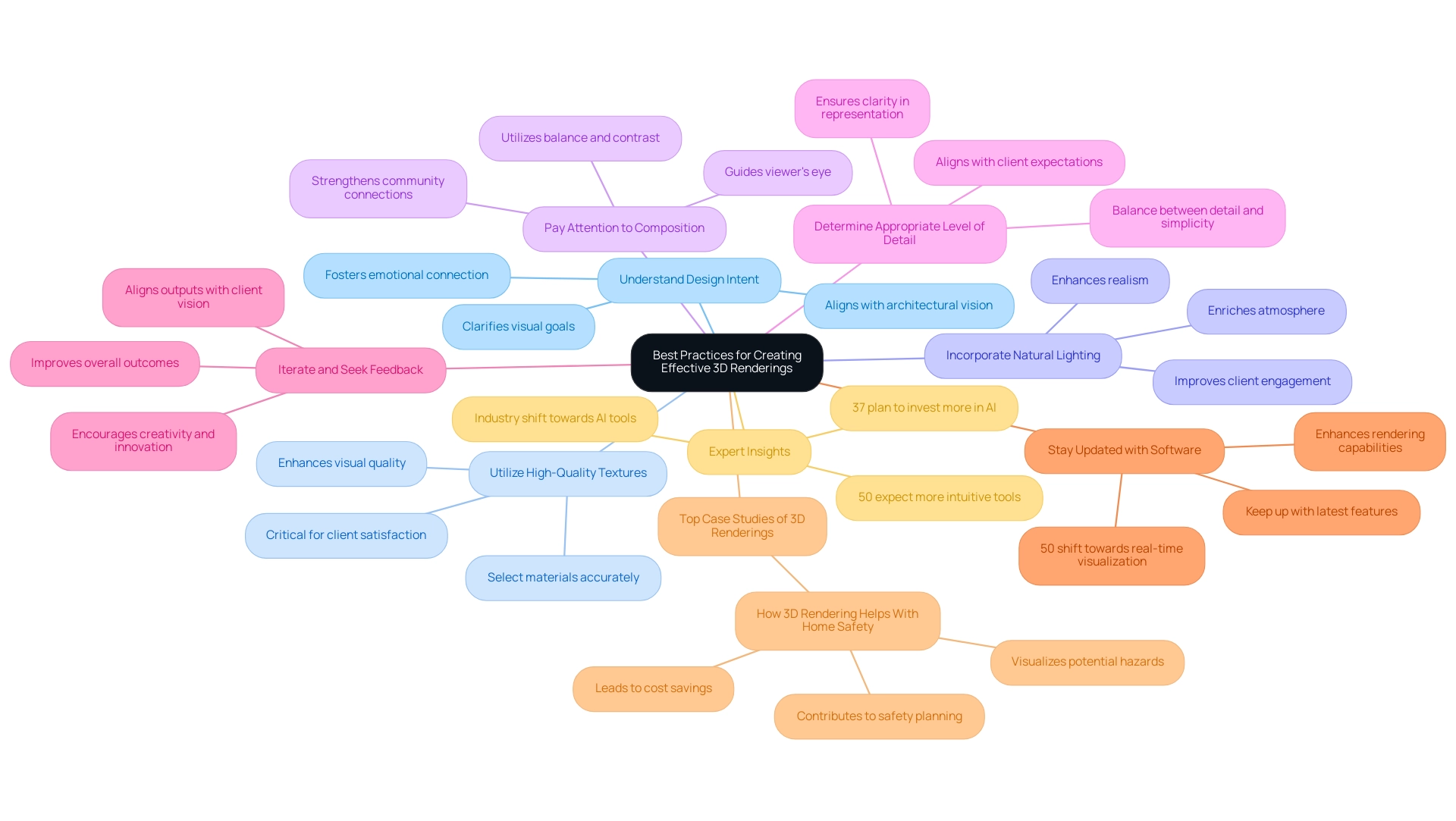
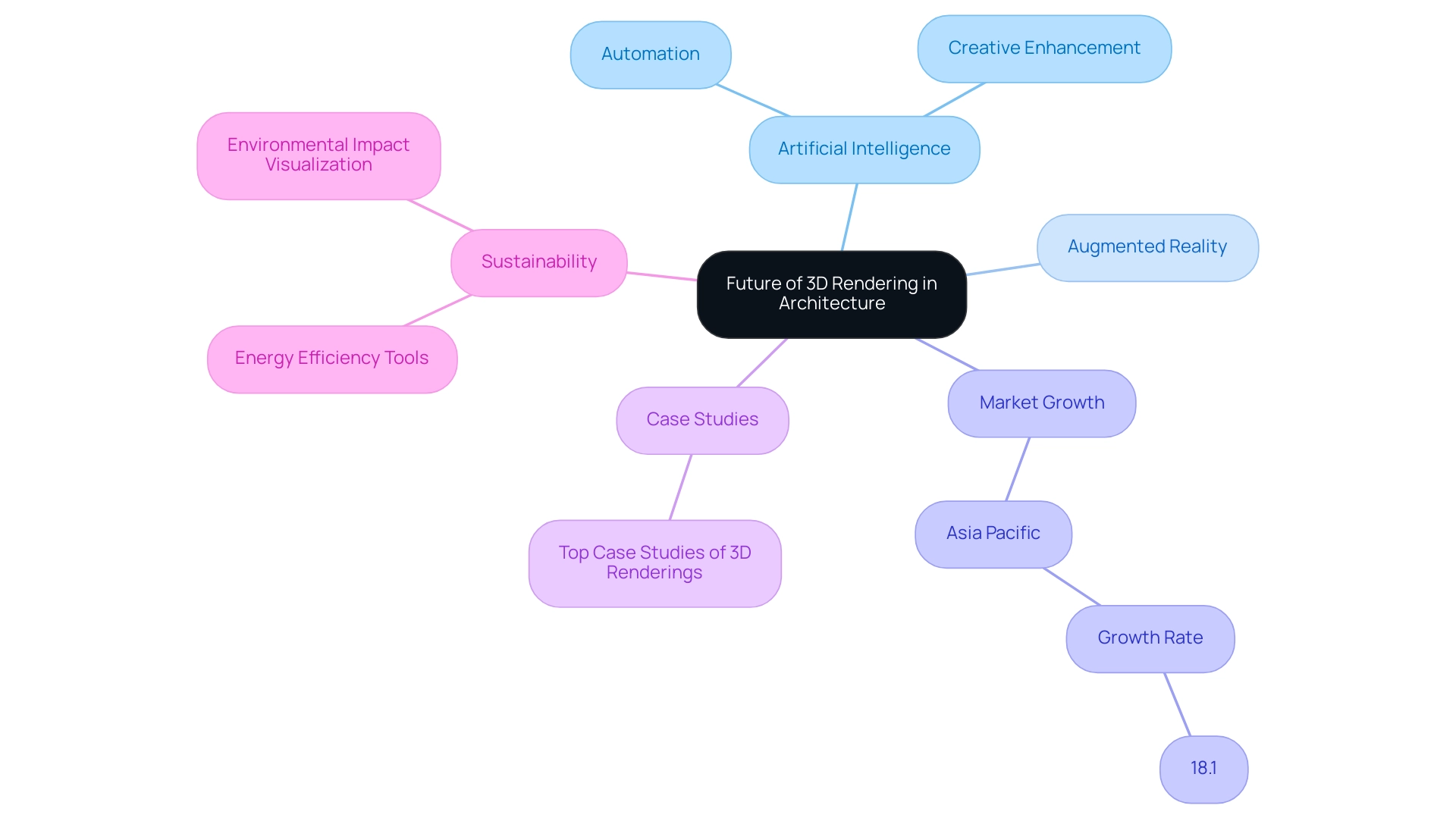
0 Comments
Trackbacks/Pingbacks